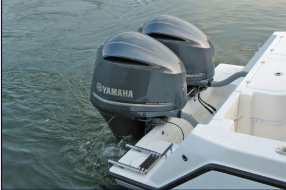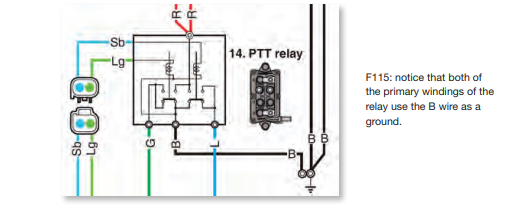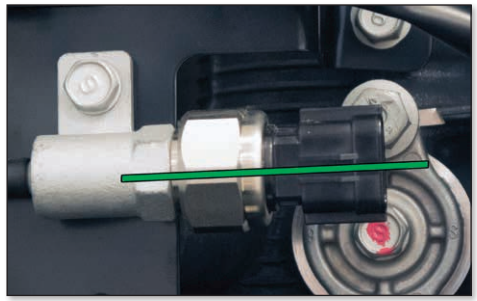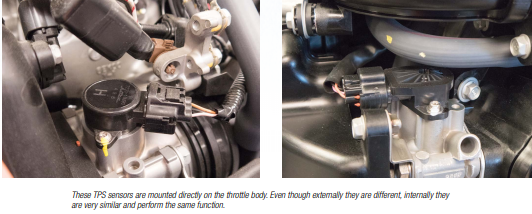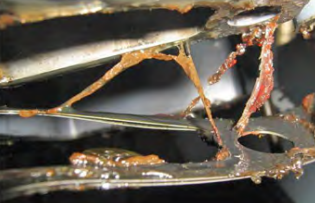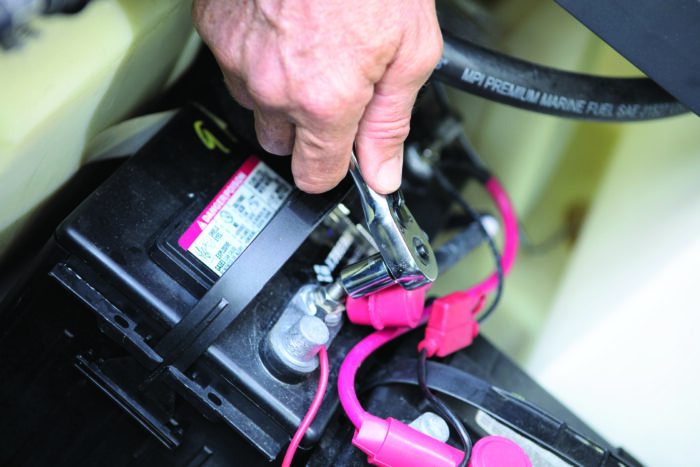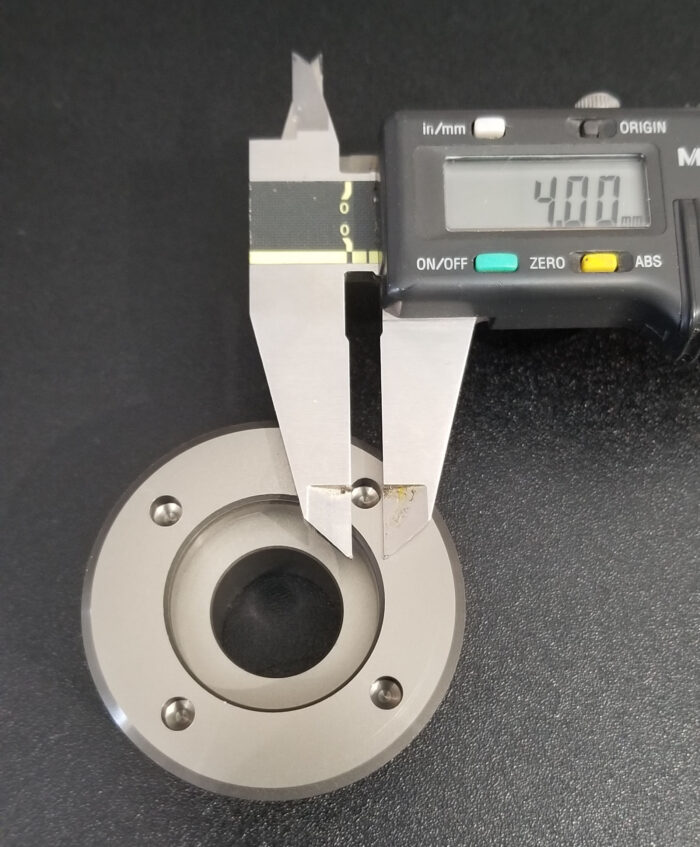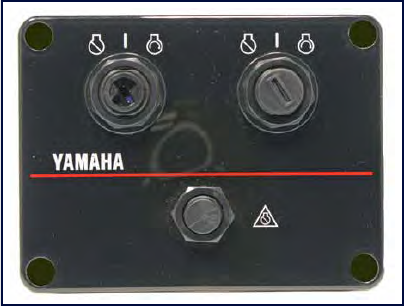Motor break-in? Now there’s a loaded question. Ask a group of boaters how to break in a new four-stroke motor and you’ll probably get at least as many different theories as there are people in the group: Boater #1 – Yep, just tie it up to the dock, shift it into gear and let it […]
